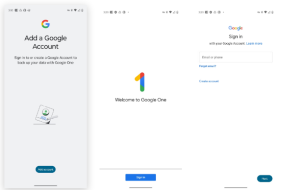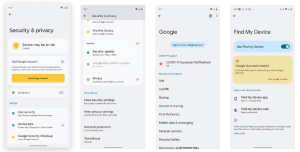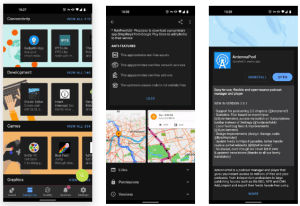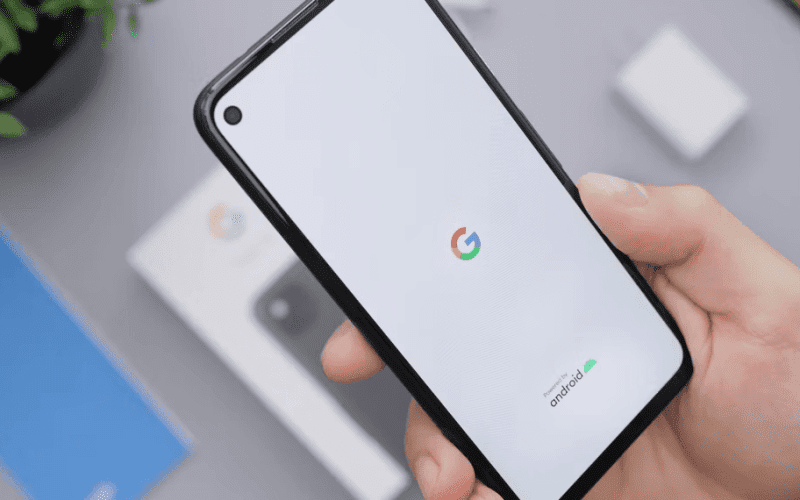Using Android phone Without a Google Account
When setting up an Android phone, you’re usually prompted to sign in to a Google account. While this step is integral for accessing Google services and the Play Store, it’s possible to use your Android device without signing in. In this article, we’ll explore the implications of this choice and what you gain or lose in the process.
The Importance of Google Account on Android phone
Signing in to a Google account during Android setup is common, given the significance of Google apps and services. However, let’s delve into what happens when you opt out of this process.

Consequences of Not Signing In to a Google Account
The primary repercussion of not signing in is the inability to download apps from the Play Store, the primary source for Android apps. Without a Google account, you lose access to this extensive library of applications that enhance your device’s functionality.
Apps That Still Work Without a Google Account
While many Google apps require account authentication, some apps function without signing in. Google Maps, for instance, remains usable for navigation, and YouTube allows video streaming without an account. However, advanced features like subscribing to channels or leaving comments necessitate an account.

Maintaining Privacy and Alternatives
By not signing in, you limit Google’s tracking capabilities and reduce data generation. If privacy is a concern, alternative app sources like F-Droid offer open-source Android apps, although mainstream options might be limited.
You Can Still Download Apps From Other Sources

Google Play may be the largest app store for Android, but it’s not the only one. There are alternative sources, like the Galaxy Store that comes pre-installed on Samsung phones and tablets. There’s also the Amazon Appstore, found on Amazon Fire hardware but also available for download on most Android devices.
But if you aren’t signing in to a Google account because you’re looking for more privacy or security, you may want to stick with F-Droid, a source of free and open-source Android apps.
You won’t find most of the apps you already know, but you will find ways to keep notes, create documents, play all kinds of DRM-free media, sync or backup data, and expand your phone’s functionality in numerous other ways.
Maintaining System Updates
Choosing not to sign in doesn’t render your device obsolete. Manufacturers continue providing system updates. Although Google Play system updates aren’t accessible, vital security updates can be obtained by briefly signing in.
Embracing the Versatility of Android
Even without a Google account, an Android phone retains its utility. Built-in apps handle contacts, calls, and texts, and features like a capable camera, media player, and web browser remain functional. QR codes, group chats, navigation, and more are at your fingertips.
Conclusion
Using an Android device without signing in to a Google account strikes a balance between Google dependency and functionality. While you miss out on the Play Store’s vast app collection, your smartphone remains a powerful tool. This option enables privacy-conscious users to still enjoy the benefits of Android without extensive data sharing.












